Are you looking for a challenge for you and your pup?
Extreme sports for dogs maybe, as long as you are both adrenaline junkies. Most dog sports are organized and have structured competitions, but they can also be just for fun.
What are extreme sports for dogs?
Extreme sports are performance-based activities that include competitions that result in points, placement, and championships. These activities can be physically and emotionally demanding, so your dog must be in good condition to participate.
Whatever dog sport you try, making sure it's right for your dog will help him enjoy the training and strengthen the bond with your pup.
Who knows? Your dog could be a champion!
Which extreme dog sport is right for your pup?
Understanding your dog's individual preferences is key to selecting the right sport.
For example, surfing is probably not a good option for a dog that hates water. Your dog's body language will tell you if he is uncomfortable with a situation. If your dog avoids the shoreline when a wave breaks, the rough water is likely to scare him.
If you try a new sport and your dog avoids the situation the next time, he probably didn't enjoy the experience.
Before jumping into a new sport, ask your veterinarian to evaluate your dog to see if the sport is a good fit for his personality and abilities. Dogs with fearful personalities may not be able to participate in an extreme sport; However, a professional trainer can help them develop the necessary confidence and conditioning.
8 types of extreme sports for dogs
1. Dock diving
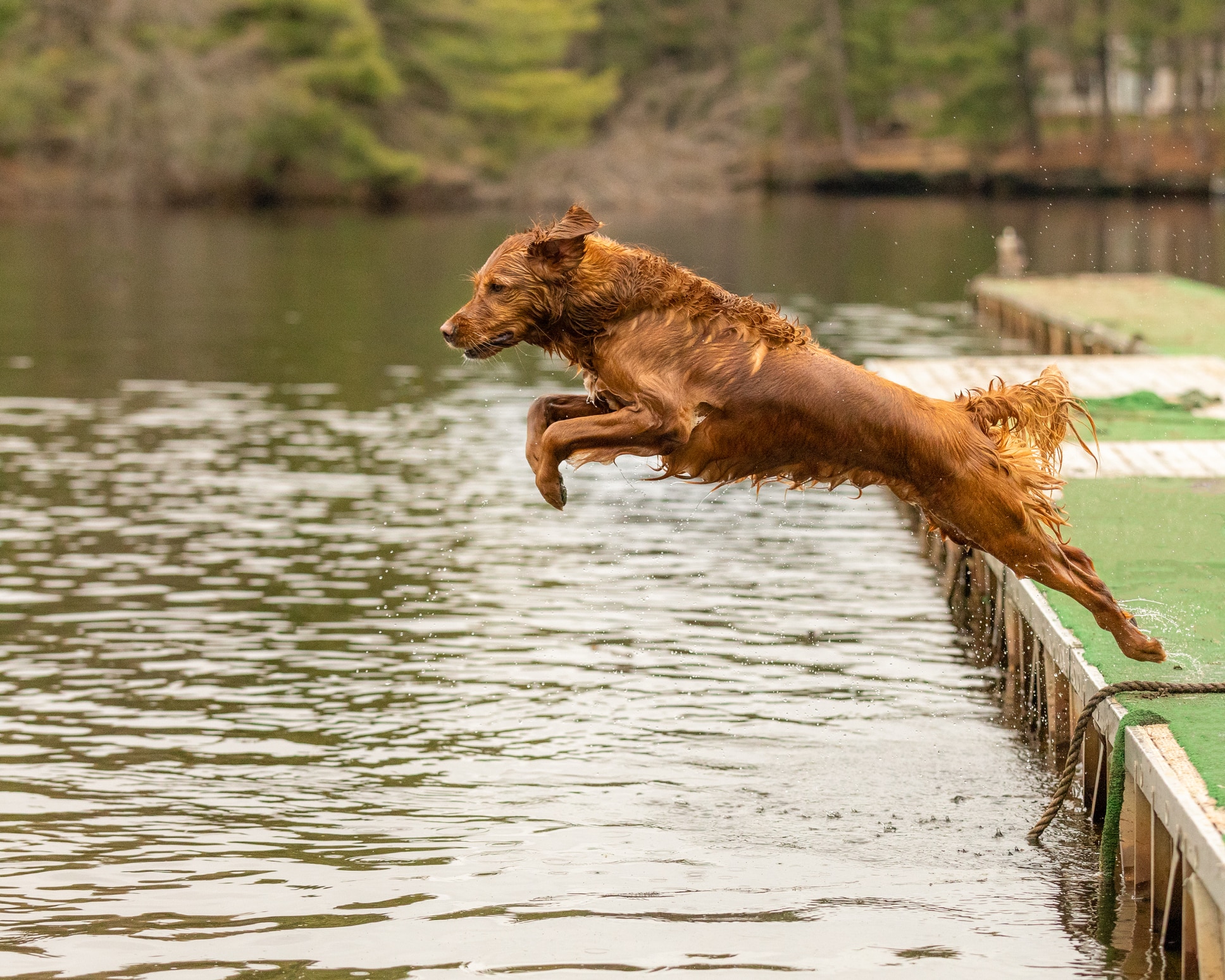
In dock diving, dogs compete to jump into the water as far as possible from the end of a dock. There are two categories of competition:
If your dog loves swimming and fetching, you should quickly start dock diving training. Stand or sit at the end of a dock, move a toy to excite your dog, and throw it to make him jump after it.
Dock diving is open to any dog, and current top breeds include Labrador Retrievers, Whippets, Belgian Malinois, and several mixed breeds.
2. Dog Lure Course
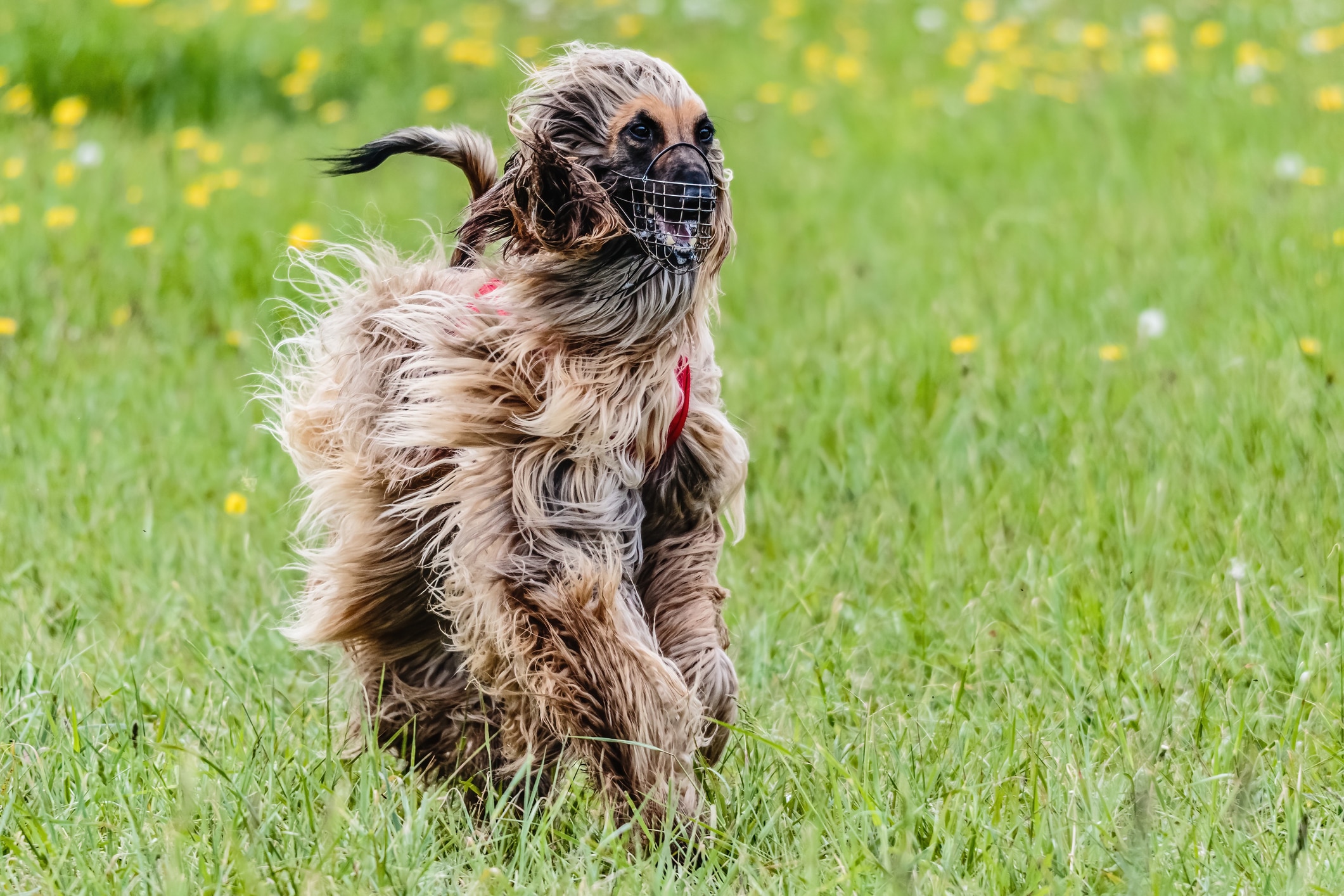
Decoy hunting allows sighthounds to do what comes naturally to them (hunt by sight) without risking harm. During the competition, the dogs chase a white plastic bag that is moved across an open field with a series of pulleys.
Formally, the competition is limited to purebred sighthounds and each dog must be certified to compete. Not much training is required, because the sport appeals to the dogs' natural hunting abilities. For more information on how to get started, visit the American Sighthound Field Association website.
3. Dog agility
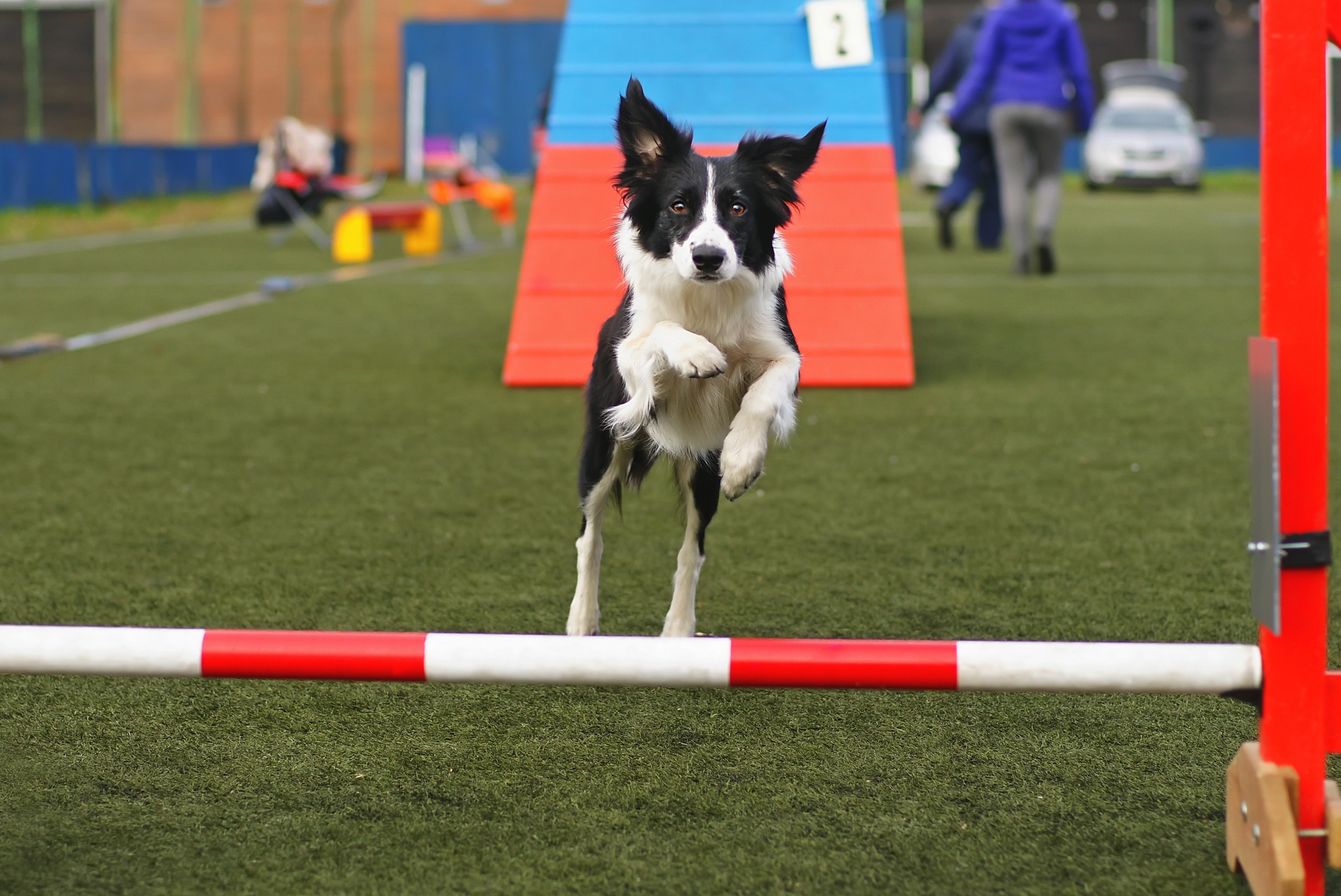
Agility, a true team dog sport, is popular around the world. During competitions, dogs guided by their handlers make their way through a sequence of obstacles. Dogs are grouped according to jump height, which correlates with their physical height.
Kennel clubs and training facilities hold competitions sponsored by regulatory organizations. Most competitive races offer between 15 and 20 standard obstacles. United States Dog Agility Association events include fun tournament and titling classes.
Any dog can participate in agility, but some breeds really stand out. Shetland Sheepdogs, Border Collies and Australian Shepherds often compete, while Golden Retrievers perform well in the larger jumping classes.
Training your dog in agility is a complicated process. If you are considering participating at a competitive level, look for an accomplished training professional.
4. elevated
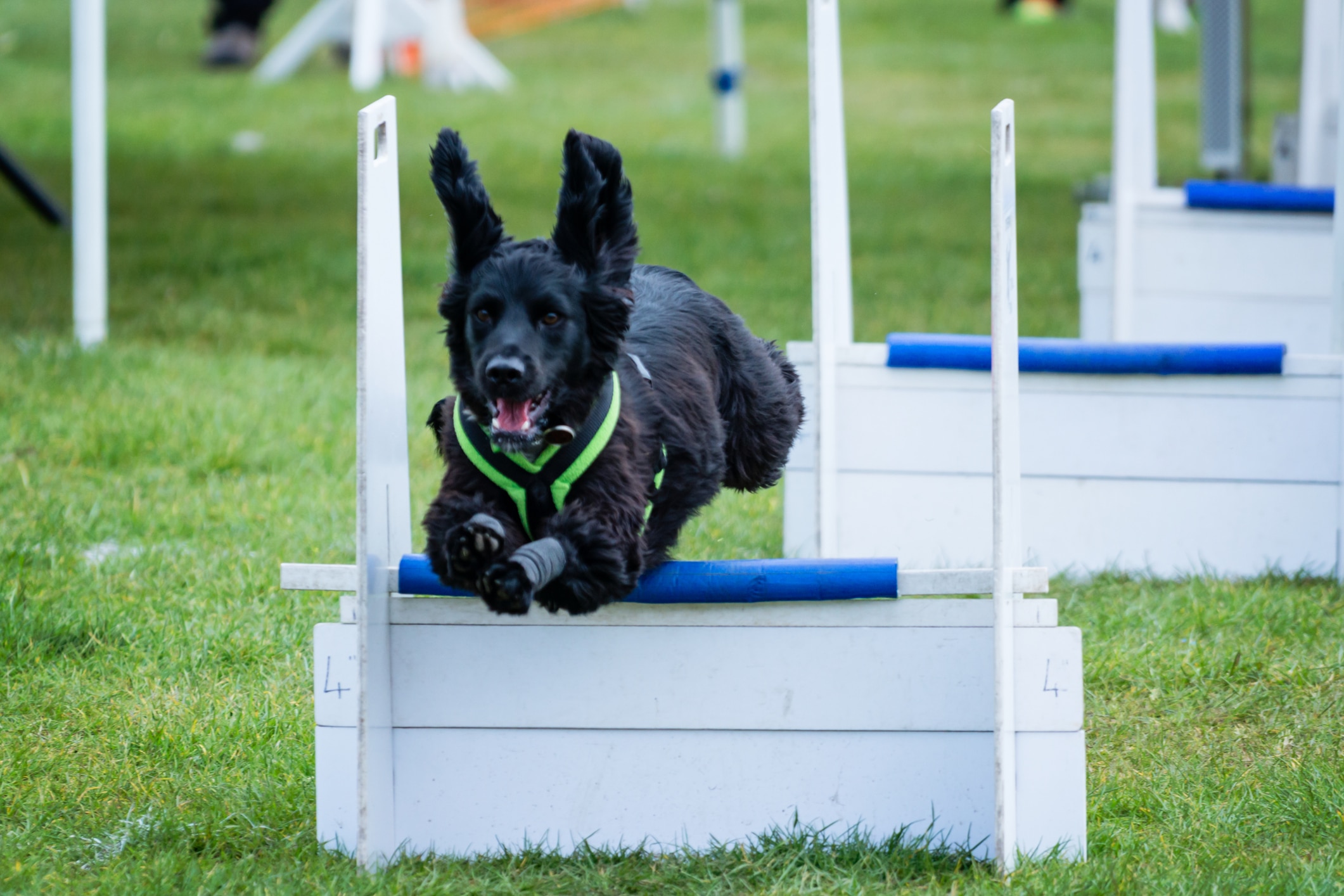
If you are looking for extreme speed, flyball offers it to you. The race is conducted as a relay, with four dogs, each running down a lane, jumping a series of obstacles, using their paw to release a spring-loaded ball, catching the ball, dodging a box, and accelerating back to the lane. starting line. .
Flyball is open to any breed or mix, but the minimum age is 15 months. Participants tend to be smart, fast and obsessed with the ball. The sport is demanding and the dogs must be in optimal condition and properly trained. To get started, visit the North American Flyball Association.
5. Disc dog
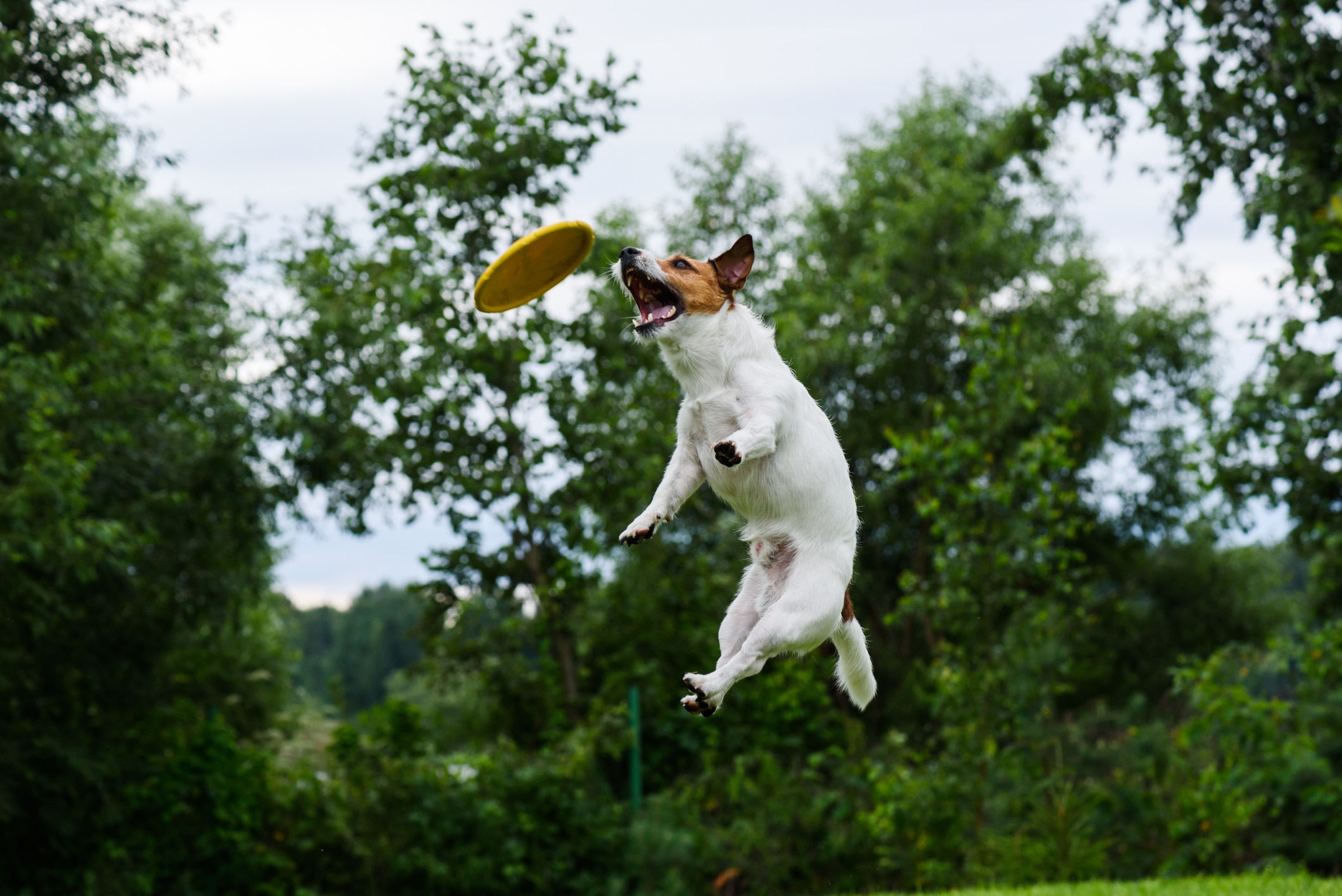
The discus dog only requires a discus, a dog, and someone to throw the discus. The sport includes countless disc games and some include agility. Organizations like UpDog and Skyhoundz sponsor competitions annually, with points awarded for accuracy, speed, and creativity.
Any dog can participate in the dog discus. There are online resources available for training; However, the specialized sport can be demanding, so you may want to hire an accomplished professional as a coach.
6. Treibball
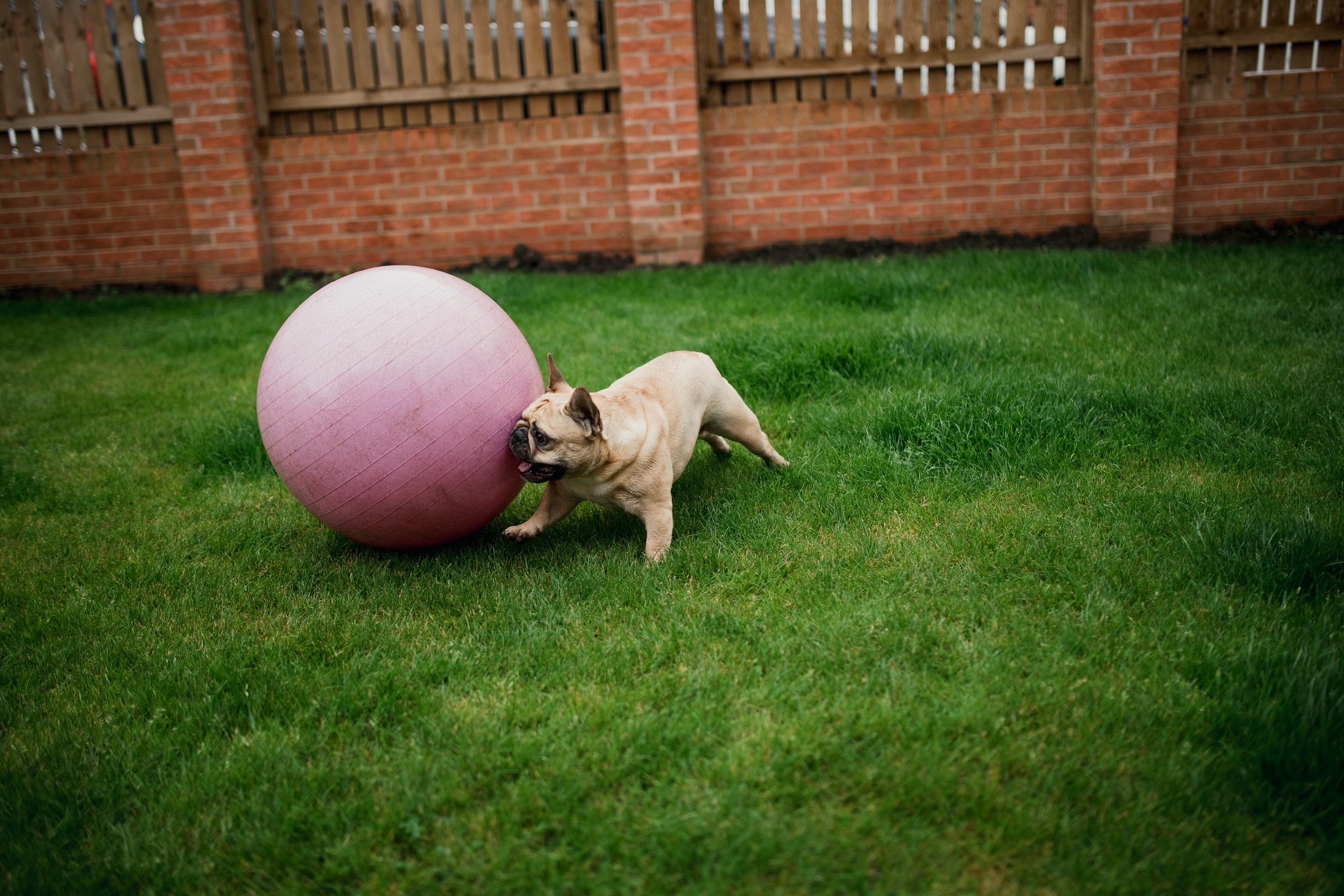
Also known as urban herding, treibball involves dogs moving large inflatable balls across a field to a goal. The handler calls the dog and points to the balls in the order in which they should be introduced into the goal.
Treibball is open to all dogs, although herding breeds have an advantage. Because there is only one team of dog handlers in the field at a time, it's a great outing for reactive dogs or dogs that get overwhelmed easily. Sport can also build confidence, improve memory and help with impulse control.
If you want to train your dog, the book Get the ball rolling: a step-by-step guide to training Treibball it can help. For more information, visit the National Treibball Enthusiasts Association website.
7. Skijoring for dogs
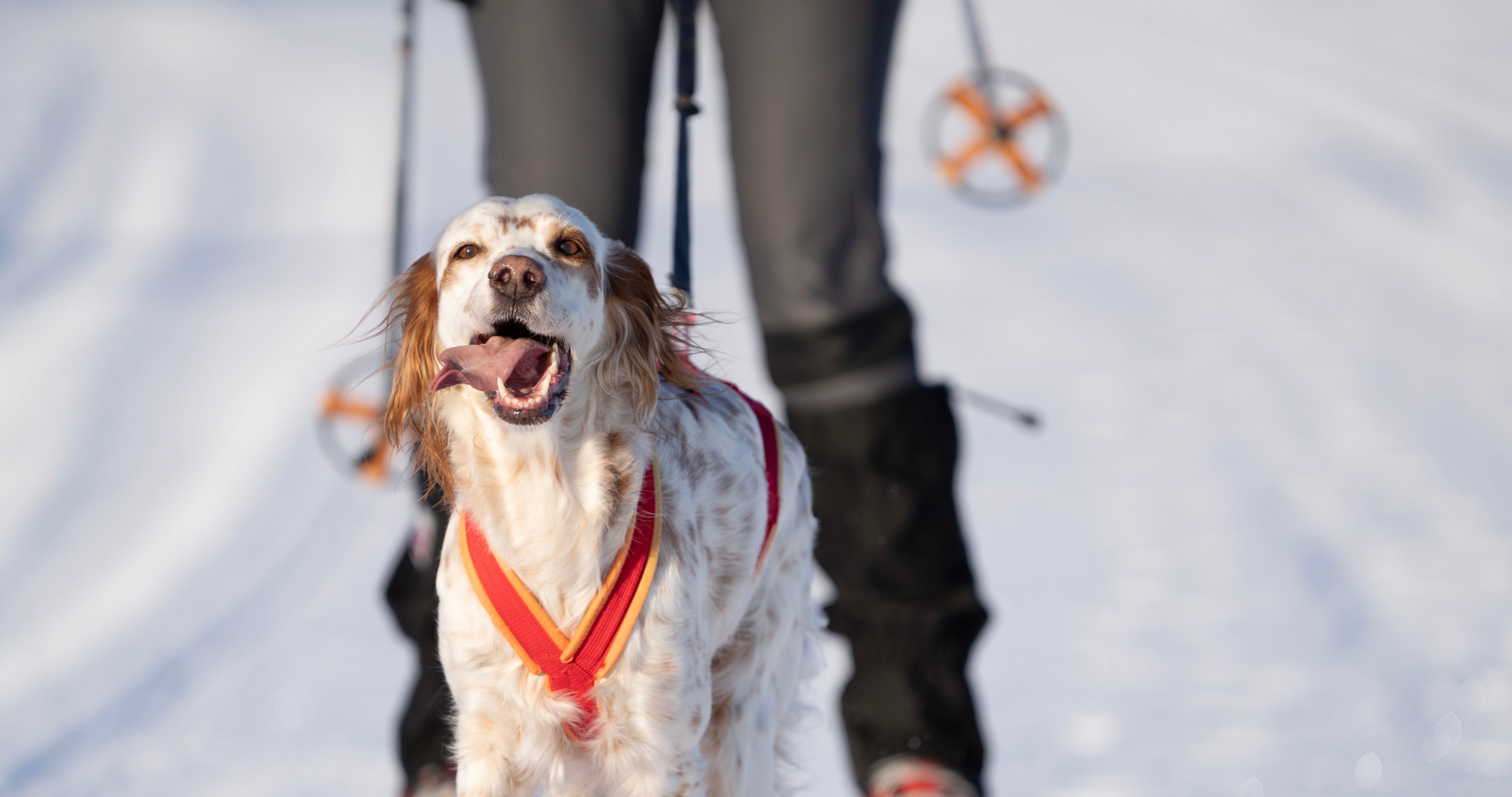
If your high-energy dog loves the snow, this aerodynamic sport might be perfect. Skijoring requires a person to carry a set of skis, one to three dogs, and a traction harness.
Skijoring competitions involve a 5 to 20 kilometer race that is usually sponsored by clubs or groups that also organize sledding and mushing contests.
There are no breed restrictions, but participating dogs must weigh at least 35 pounds. Vocational training assistance is the safest and most effective way to get started.
8. Surfing for dogs
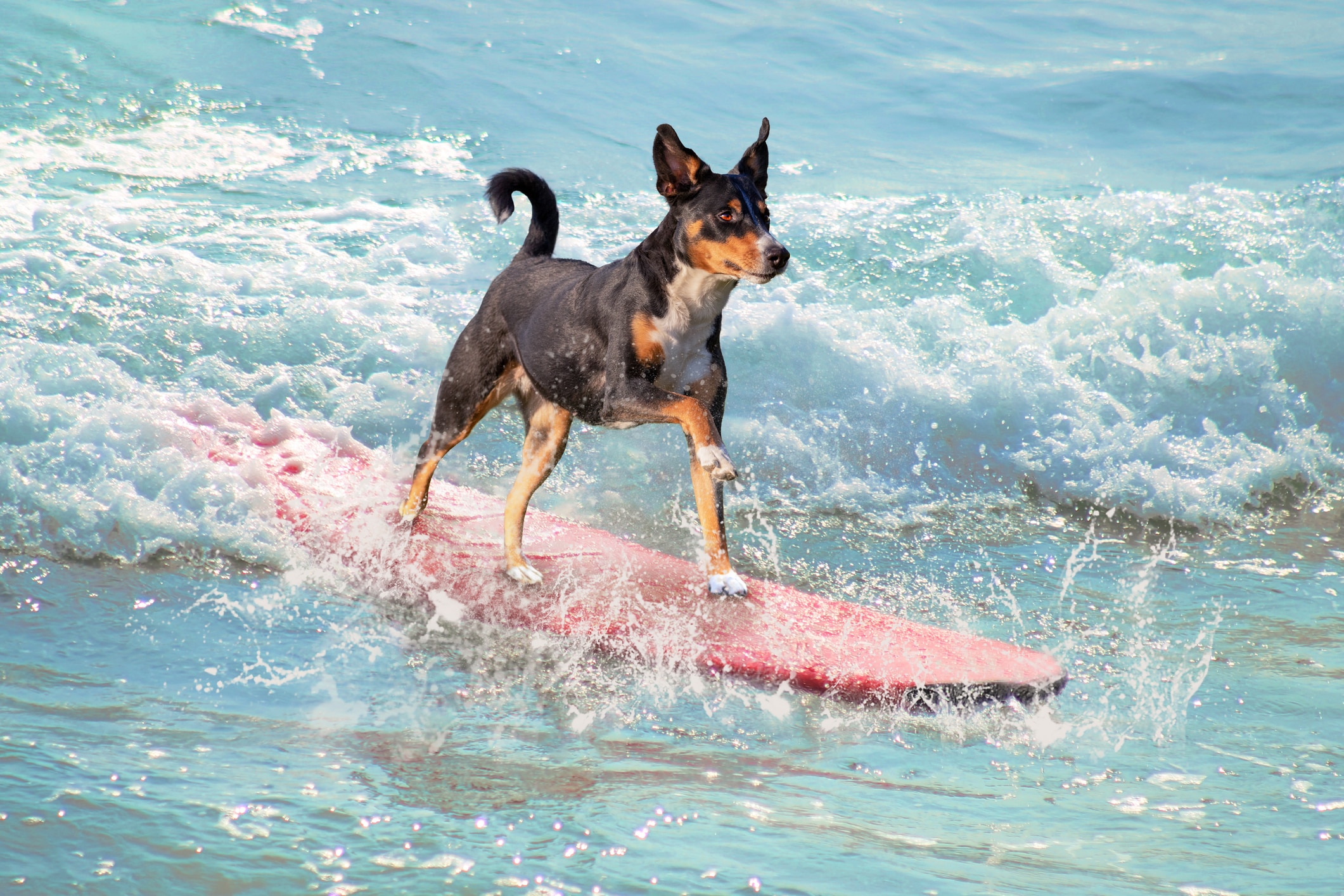
Originating in the San Francisco Bay area, the World Dog Surfing Championships started a phenomenon that has spread throughout the surfing world. Like human surfing competitions, each team has 10 minutes to catch as many waves as they can and each ride is scored.
Scores are based on the length of the ride, whether the dog makes it to shore with his board, riding technique and position, style, wave strength and rider confidence.
There are no restrictions on participants and dogs compete in size categories. Participants must wear life jackets or life jackets. For safety reasons, dogs are never tied to the board. For more details and a fun read, check out A Dog's Guide to Surfing.
Frequently Asked Questions About Extreme Sports for Dogs
What is the most difficult dog sport?
Since each dog has a different set of skills, preferences, and drives, a sport that is difficult for one dog may be easy for another. Many sports require multiple disciplines.
However, agility can be the most complicated dog sport.
Featured image: s5iztok/E+ via Getty Images

